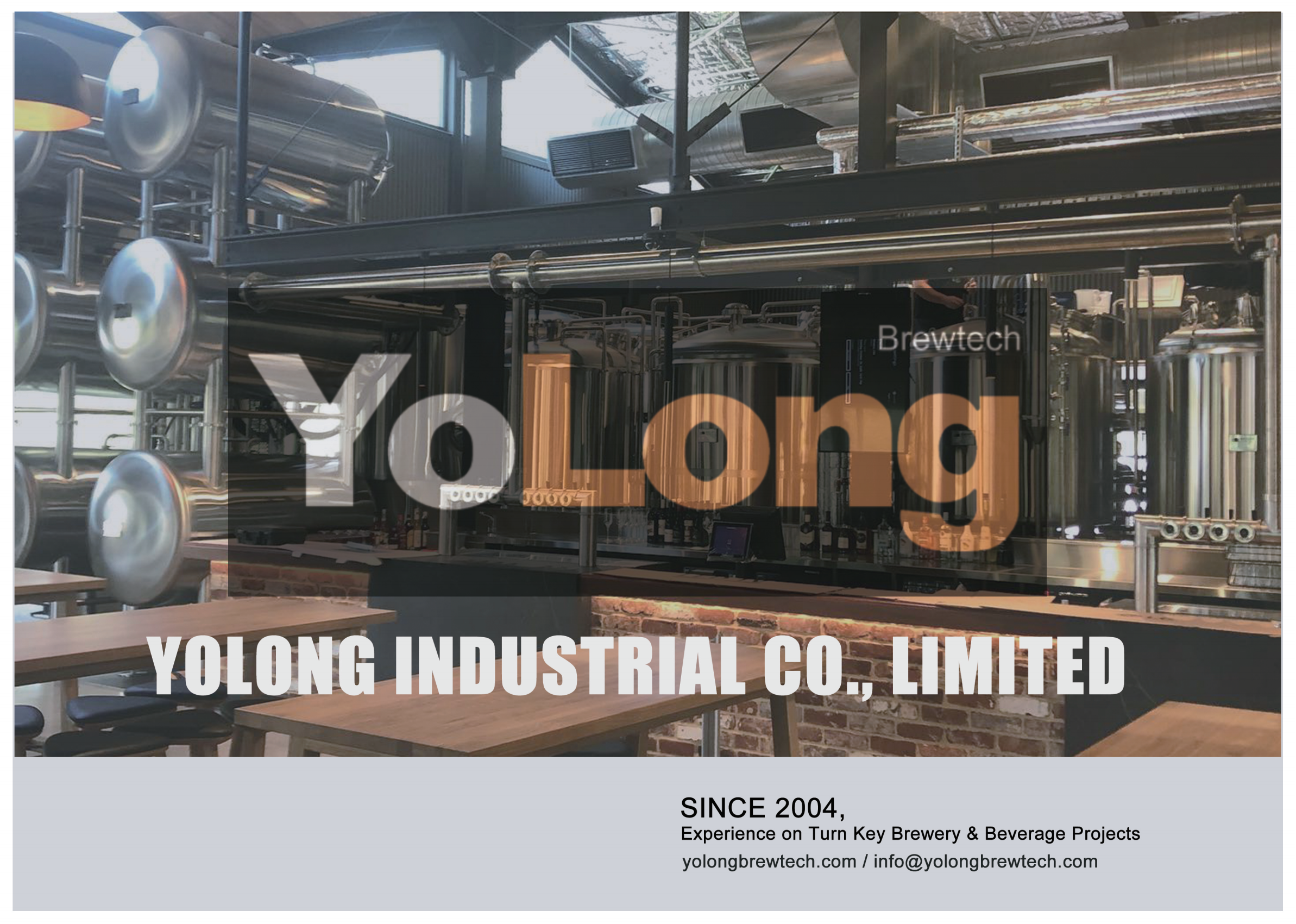The Role of Beer Fermentation Tank in Beer Brewing
Fermentation tanks are engineered to handle this delicate biological process with precision. They keep everything at the perfect temperature, allow gases to escape, and prevent contamination from ruining your brew.
Classification of Beer Fermentation Tanks
Fermentation tanks aren’t one-size-fits-all. They come in various styles, each tailored to specific brewing methods. Here’s a deeper dive into the major types:
- Cylindroconical Fermenters (CCVs): These are the most common in modern breweries. They have a cone-shaped bottom to collect yeast and sediment, making cleaning and repitching yeast a breeze.
- Open Fermenters: These are wide, shallow, and usually used for traditional styles like Bavarian hefeweizen or Belgian lambics. They allow more exposure to air and often have a richer flavor profile, but they’re harder to keep sterile.
- Unitanks: These multitaskers combine fermentation and conditioning in one tank. Efficient and space-saving, they’re perfect for smaller breweries.
- Horizontal Tanks: Especially used in lagering, these tanks offer more surface area for yeast to settle and help produce a clearer beer.
Choosing between these often comes down to the beer style, brewery space, and production scale.
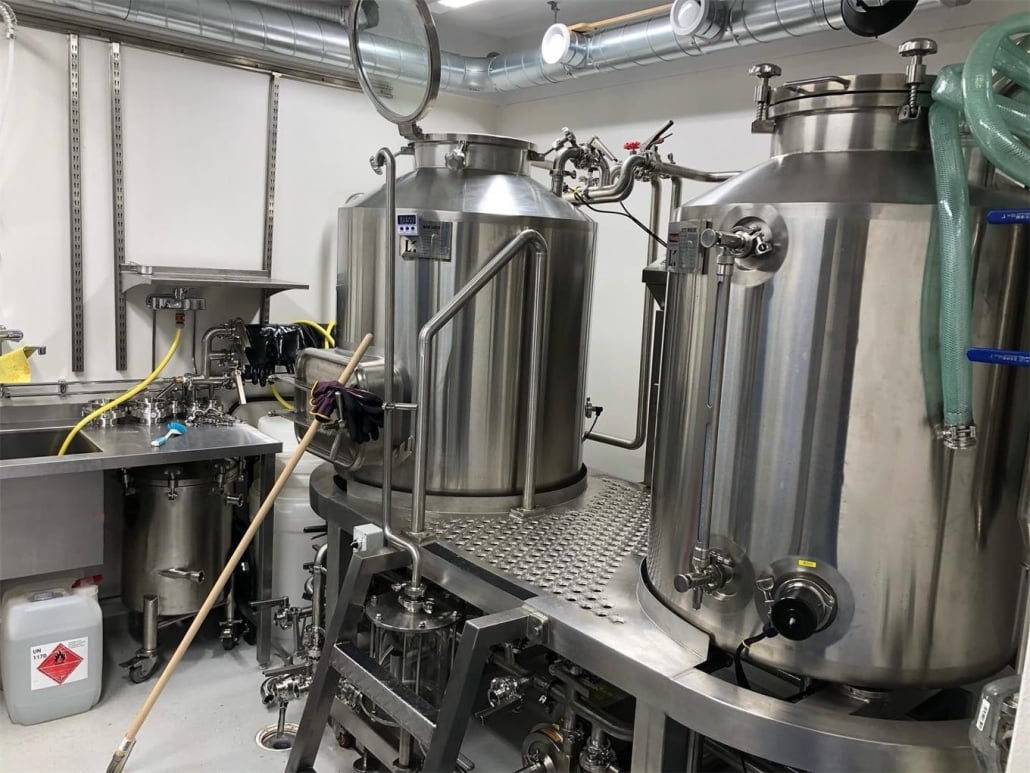
What Materials Are Used to Make a Beer Fermentation Tank
Not all tanks are created equal, and materials matter a lot. Most fermentation tanks today are made from stainless steel for its durability, resistance to corrosion, and ease of cleaning. Stainless steel doesn’t react with beer, which preserves the purity of flavor. It also handles pressure well, which is vital for carbonating beer.
Some homebrewers might opt for plastic fermenters because they’re lightweight and cheap. But they’re also prone to scratches that can harbor bacteria. Others still swear by glass carboys for their inertness, but glass can break easily and is hard to scale.
Want a rustic vibe? Some traditional brewers use wooden barrels, especially for sours or farmhouse ales. These allow micro-oxygenation and add unique flavors, but they’re tough to maintain and sanitize.
Factors to Consider When Choosing a Beer Fermentation Tank
| Factor | Description | Considerations |
|---|---|---|
| Capacity | Volume the tank can hold | Match it to your batch size and future scaling |
| Material | What it’s made of | Stainless steel is king for most brewers |
| Shape | Vertical, conical, horizontal | Impacts cleaning, yeast harvesting, and beer clarity |
| Temperature Control | Ability to regulate fermentation temps | Essential for consistent results, especially lagers |
| Pressure Rating | Can it handle CO2 buildup? | Needed for pressurized fermentation and carbonation |
| Cleaning Access | Ports and valves for sanitation | More access points make for easier cleaning |
| Cost | Price of the tank | Balance initial cost with long-term durability and features |


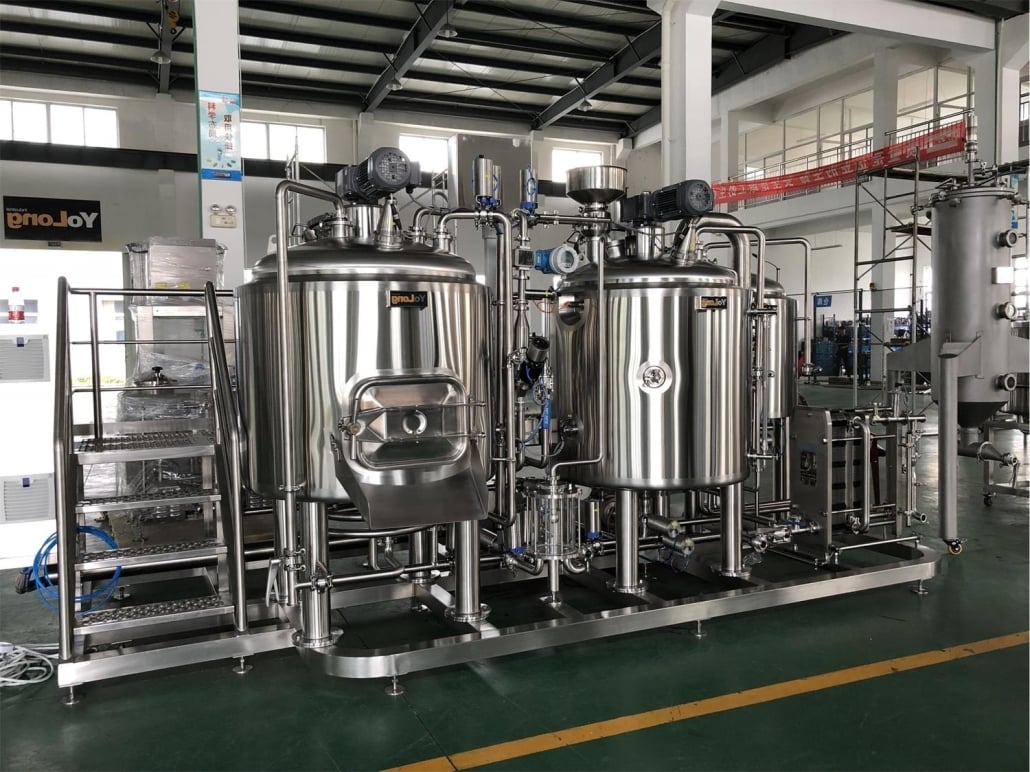
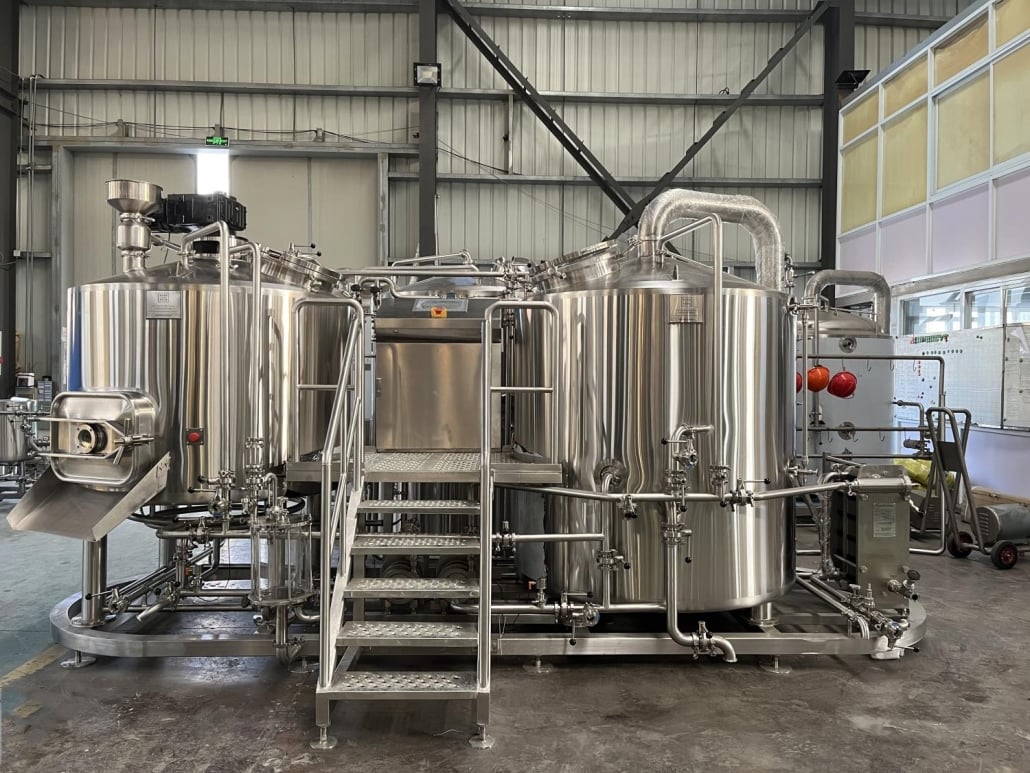
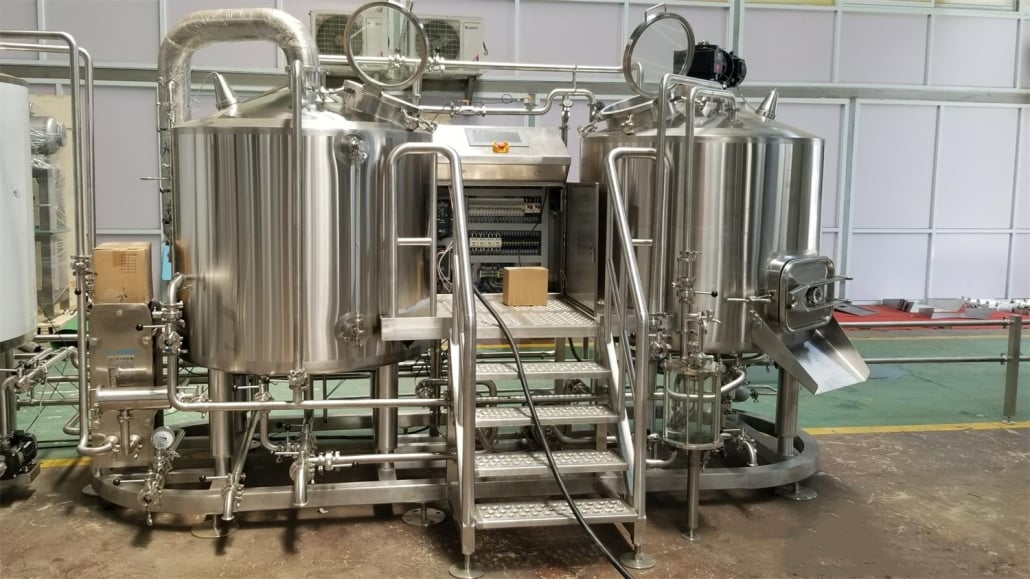
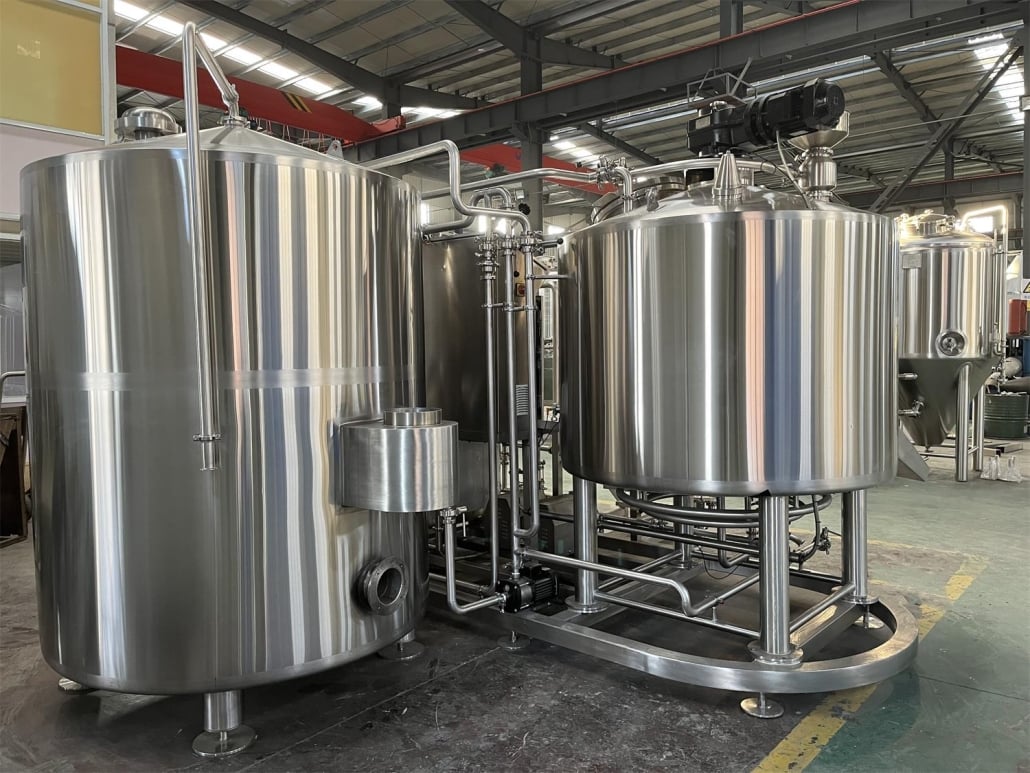
Beer Fermentation Tank for Homebrewers vs. Commercial Brewers
Let’s talk scale. If you’re brewing in your garage, your needs are wildly different from a full-scale craft brewery.
Homebrewers often start with 5 to 15-gallon fermenters. They might go for plastic buckets or glass carboys because they’re cheap and simple. Some upgrade to stainless steel conical fermenters for better control and cleaner beer.
Commercial brewers, on the other hand, need tanks that can handle 100 to 10,000 gallons. These come with glycol jackets for precise temperature control, CIP (Clean-In-Place) systems for efficiency, and pressure-rated fittings. It’s a major investment, but it pays off in quality, consistency, and scalability.
How to Clean and Maintain Your Beer Fermentation Tank
Nobody likes cleaning, but your beer demands it. A dirty fermentation tank is a recipe for disaster – we’re talking infections, off-flavors, and wasted batches.
Here’s a simplified cleaning process:
- Rinse the tank thoroughly with warm water to remove residue.
- Clean with a brewery-safe cleaner like PBW (Powdered Brewery Wash).
- Rinse again to wash away chemicals.
- Sanitize using a no-rinse sanitizer like Star San before adding wort.
Maintenance tips? Check seals and gaskets regularly, replace worn parts, and always keep an eye out for scratches or pitting inside the tank.
Where to Buy Beer Fermentation Tank
You can buy beer fermentation tanks from specialized brewing equipment suppliers. Some popular and reputable vendors include:
- Ss Brewtech: Great for both homebrewers and pros.
- Blichmann Engineering: Known for top-tier quality.
- Spike Brewing: Offers customizable fermenters.
- Stout Tanks and Kettles: Heavy-duty options for commercial use.
For international suppliers, Chinese manufacturers like Tiantai or Jinan Zhuoda offer competitive pricing and customization but watch out for shipping costs and lead times.

FAQs
| Question | Answer |
|---|---|
| What size fermentation tank do I need? | Match it to your batch size. Homebrewers might use 5-15 gallons; commercial breweries need hundreds to thousands of gallons. |
| How long does fermentation take? | Depends on style: ales ferment in 7-10 days, lagers can take 2-6 weeks. |
| Can I ferment under pressure? | Yes, with pressure-rated tanks. This helps with carbonation and can reduce off-flavors. |
| Do I need temperature control? | Absolutely. Yeast is picky and thrives within certain ranges depending on beer style. |
| How do I prevent contamination? | Clean thoroughly, sanitize religiously, and don’t cut corners. |
Share this entry
Interested in learning more about Brewing Systems including additional details and pricing information? Please use the form below to contact us!
YOLONG BREWERY EQUIPMENT FAQS
- Commercial Brewery / Craft Brewery / Microbrewery / Nanobrewery
- What is The Difference Between Craft Beer and Industrial Beer?
- The Bespoke Differences In Custom Brewing Systems
- Everything You Need to Know About Kettle Souring
- How to Choose Brewing Equipment for Your business?
- How To Choose The-Best Partner To Build Your Commercial Microbrewing System?
- Two Detection Sensors That You Need To Use In Your Brewhouse System
- Remote Control Applications in Brewing Equipment/How does it work?
- How To Clean Your Brand New Brewery Tanks?

